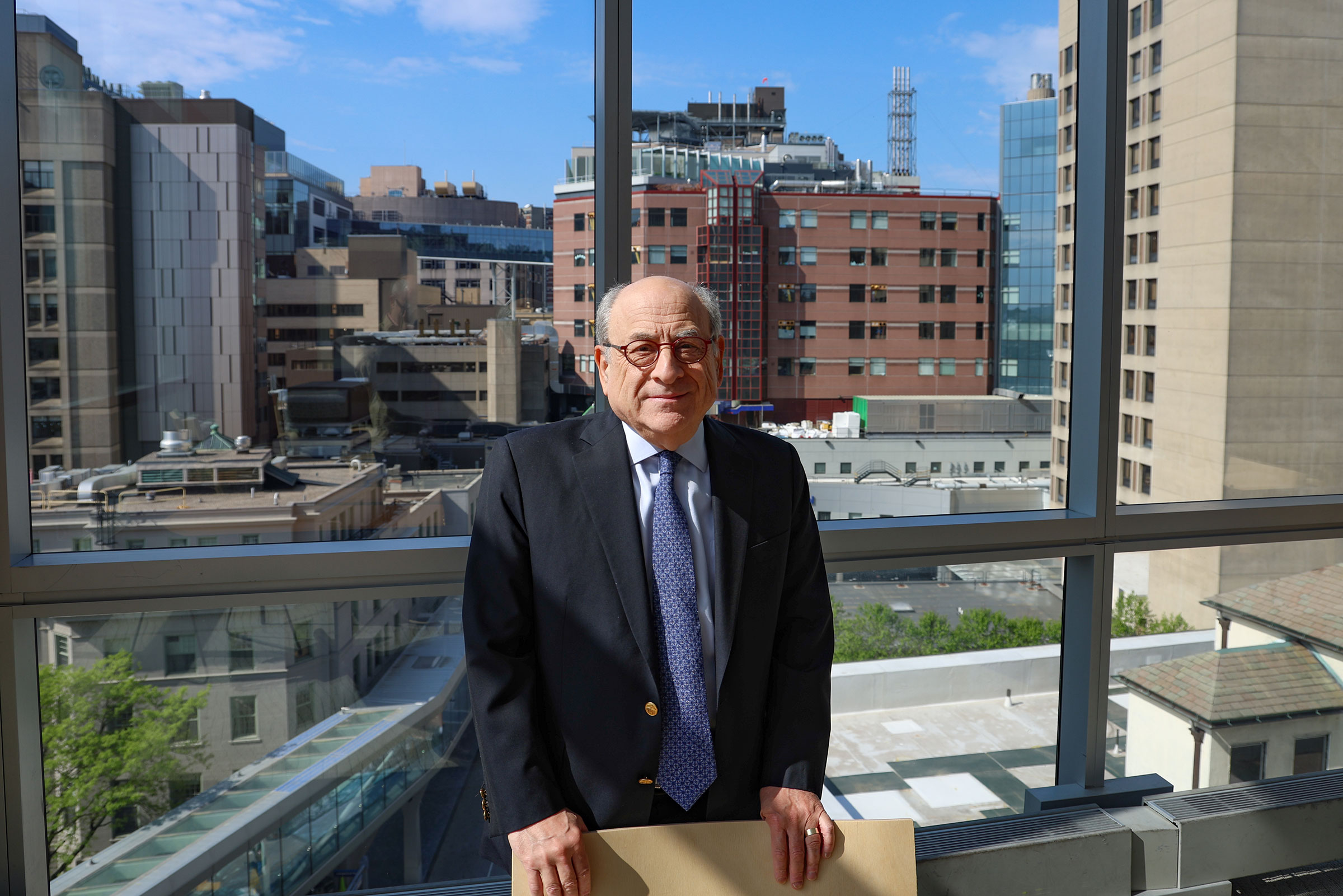When Stuart Orkin began his career as a research scientist, it wasn’t clear whether genetic diseases could ever be cured. Nearly 50 years later, Orkin’s research has led to the first gene therapy using CRISPR to treat sickle cell disease. Researchers knew that the disorder was caused by changes in the DNA code for the hemoglobin gene. It turned red blood cells from smooth disks into sticky, flattened, sickle-shaped cells that could clog up blood vessels and lead to life-threatening blockages.
Orkin discovered a way to take advantage of a natural source of healthy globin—a genetic sequence that is turned on during fetal development but is silenced in adults. Researchers at CRISPR Therapeutics and Vertex Pharmaceuticals turned Orkin’s discovery into a treatment that the U.S. Food and Drug Administration approved last December. The therapy uses the gene-editing tool CRISPR to turn the fetal-hemoglobin gene back on, giving patients more healthy blood cells and potentially curing them of their disease.
But Orkin isn’t resting on his laurels. The therapy remains financially out of reach for most people, so he’s focused on finding a way to boost fetal hemoglobin with a pill. “We solved some of the problem, but really haven’t solved what we set out to solve, which is how to make not just a few people but a lot of people better,” he says.
Park is a TIME senior correspondent
More Must-Reads from TIME
- Cybersecurity Experts Are Sounding the Alarm on DOGE
- Meet the 2025 Women of the Year
- The Harsh Truth About Disability Inclusion
- Why Do More Young Adults Have Cancer?
- Colman Domingo Leads With Radical Love
- How to Get Better at Doing Things Alone
- Michelle Zauner Stares Down the Darkness
Contact us at letters@time.com





